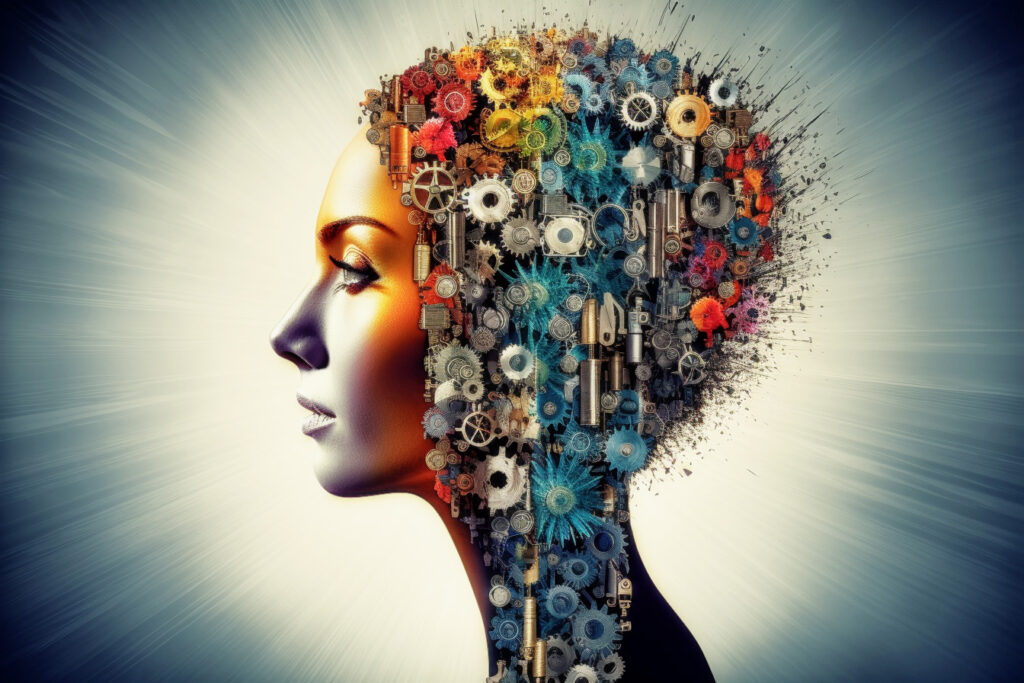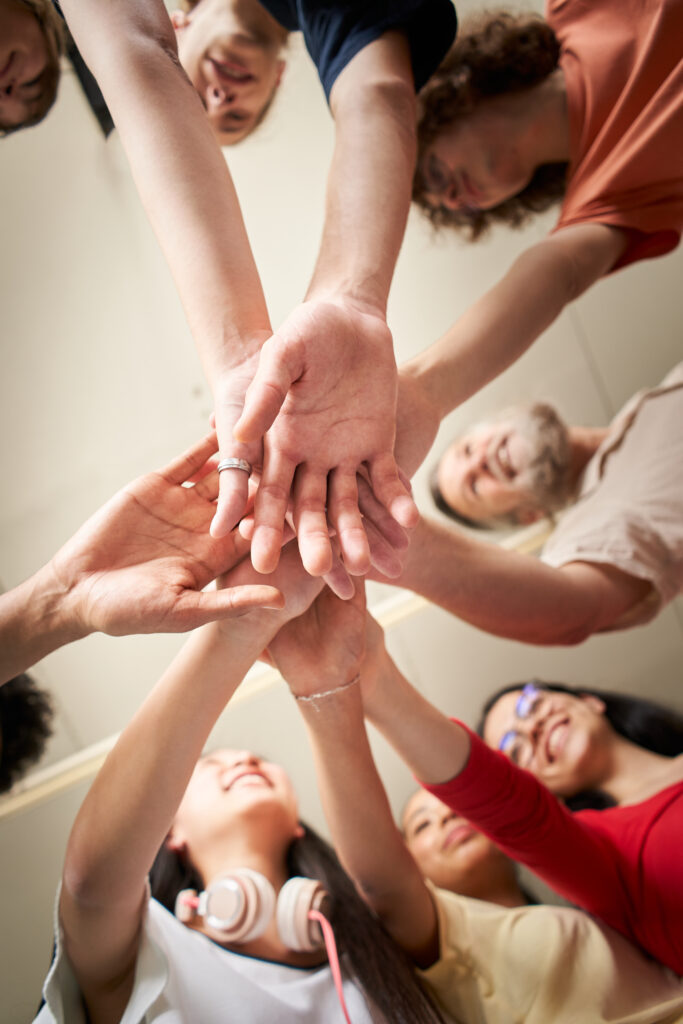


Of Perceiving and Understanding

I was browsing through my memories in Facebook when this memory from 2014 came up (see photo). There was a newly opened mall in Cainta, Rizal that was simply called “CK”. To my husband who is a comic book fan, CK stood for Clark Kent. To me, a child of the 70s, it meant Calvin Klein. To my son, who is familiar with lots of fast food restaurants, it meant Chow King. 😄😆
People may see the same thing, but we process what we see differently in our heads. When I ask you to imagine the color red, we all know what the color red is, but we imagine the color red in different shades, tones, and brilliance.
In the same token, when I ask you to imagine a dog, we all know what a dog is, but we all conjure up different images of how a dog looks like in our heads.
In terms of smell, the way I imagine cologne to smell like will be different from yours. And the way I imagine a bell to sound like maybe different from yours.
People perceive and communicate differently as well. In NLP speak, these are called representational systems, and there are five of them.
Some are more visual – they appreciate things, experiences, people, places better by valuing their visual properties. And when you ask them to describe their experiences, for example, they usually use words such as “it looks like…” or “i can see….” or “yes, that’s clear to me” or “that day was dark for me”. They use words that appeal to our visual sense.
Others are more auditory. They prefer to perceive by absorbing more the sounds they hear rather than visuals they see. You can spot them when you hear them describing their perceptions using words like “everything just clicked!” or “that sounds good to me” or “this tells me that …”. They use more words that relate to hearing.
There also those who prefer to perceive through their olfactory/gustatory senses. They relate and communicate more with smells and tastes. They would say stuff like “the smell of success” or “I relish the thought of…” or “this will whet your appetite” or “chew on this”,”hungry for love”, “savor the victory”.
And then there are people who prefer to sense or feel things, people, events, places and are more inclined toward movement. They are more kinesthetic. They would convey more using words that relate to actions, or feelings, or touch. “The weight of the realization…” or “walking on eggshells” or “like the warmth of a cup of coffee” or “that experience was rough”.
We combine these various ways of perceiving and communicating in various ways. Any of these are fine and very useful. And what is more useful is to observe people on their preferred sensory mode. It helps to build rapport if we speak more the ‘language’ of each other.
If the person you are speaking with seems more visual, see if you can consciously use more visually-stimulating words in your conversation. I will bet if you do, you will really see that person open up, and you will perceive the way they see things more clearly.
If the person you are speaking with seems more auditory, listen for cues and get in harmony with their language. If you match their tone, rhythm, pitch, and vibration, the more in tune you will be and that person will resonate better with you.
If the person you are speaking with seems more olfactory/gustatory, relish the conversation and absolutely savor every moment. Spice up your discussion or try to cook up ideas with each other. Sweet interactions like this are just ripe for the taking.
If the person you are speaking with seems more kinesthetic, go ahead and feel your way around. Tap into each other’s thoughts and lighten each other’s moods.
Of course, we are not constrained in English. We can apply this in our language. Minsan nga, mas dama pa natin pag gamit natin ang ating sariling wika. Mas may dating, diba? (Sometimes, our communication is more heartfelt if we use our own language. It has better weight, right?)
Do it as an exercise. Observe and listen closely to how people communicate. Listen to the words they use – do they use more visual or auditory? It is actually quite fun.
More than anything in the world, people want to feel understood. If we use the words that they use, if we get into their own map of ‘reality’, then we are one step closer to understanding them. And understanding each other makes a world of difference.



LATEST BLOGS






